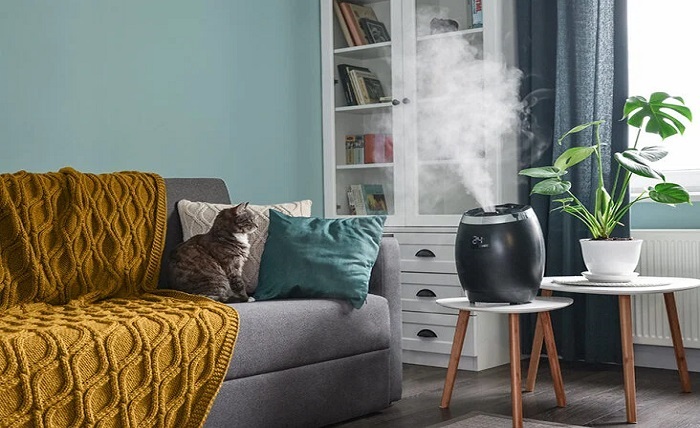A Comprehensive Guide to Buying Dehumidifiers

Brisbane, the capital city of Queensland, Australia, experiences high humidity levels throughout the year. Brisbane’s climate is subtropical, with an average annual humidity level of 65%. This humidity can cause problems such as mold growth, musty smells, and respiratory issues, making dehumidifiers an essential appliance for many households in the city. As such, a dehumidifier in Brisbane is a necessity since it removes excess humidity and moisture from the air, making the environment healthier and more comfortable. With so many different models available in the market, buying a dehumidifier can be daunting. This comprehensive guide will enable you to navigate the options and choose the right dehumidifier.
Types of Dehumidifiers
Before buying a dehumidifier, knowing the types available in the market is crucial. The three main types are:
- Refrigerant Dehumidifiers: These are the most common types of dehumidifiers. They work by pulling in the moist air through a refrigerated coil. The coil cools the air, causing the moisture to condense and collect in a water tank. These dehumidifiers are suitable for moderately damp areas such as bedrooms and living rooms.
- Desiccant Dehumidifiers: These dehumidifiers use a desiccant material, such as silica gel, to absorb humidity from the air. They are ideal for colder climates and can work efficiently at low temperatures. These dehumidifiers are ideal for damp basements, laundry rooms, and bathrooms.
- Whole House Dehumidifiers: These potent dehumidifiers can handle the entire house. They are installed into the HVAC system and work alongside the air conditioning and heating systems. They are ideal for homes with high humidity levels.
Factors to Consider When Buying a Dehumidifier
- Size: The dehumidifier you require depends on the size of the room. The larger the room, the higher the capacity dehumidifier required. A small dehumidifier will not be effective in a large room. Most dehumidifiers indicate the room size they are suitable for on the packaging.
- Water Tank Capacity: Dehumidifiers come with water tanks of different capacities. If you do not want to empty the water tank regularly, choose a dehumidifier with a larger capacity. A larger water tank will also suit larger rooms as it can collect more water.
- Energy Efficiency: Dehumidifiers can consume much energy, leading to high energy bills. Choose a dehumidifier with a high energy efficiency rating. Look for the Energy Star rating, which indicates that the appliance meets energy efficiency standards.
- Noise Level: Dehumidifiers can be noisy, especially when the fan runs at high speeds. If you wish to use the dehumidifier in a bedroom or living room, choose a model with a low noise level.
- Portability: If you plan to use the dehumidifier in multiple rooms, choose a model that is lightweight and easy to move. Some models come with casters or handle for easy mobility.
- Additional Features: Dehumidifiers have additional features such as humidistats, timers, and air filters. Humidistats allow you to set the desired humidity level, while timers allow you to schedule the dehumidifier to turn on and off at specific times. Air filters can remove dust and other particles, making them cleaner and healthier.
Choosing the right dehumidifier in Brisbane is essential for maintaining healthy humidity levels in your home or office. When buying a dehumidifier, consider the size of the room, water tank capacity, energy efficiency, noise level, portability, and additional features. Maintaining a dehumidifier is essential to ensure it functions optimally and lasts longer. Regularly clean the air filter, empty the water tank, check the drainage system, and look for leaks. These tips allow you to choose the right dehumidifier and enjoy a healthy and comfortable environment.




